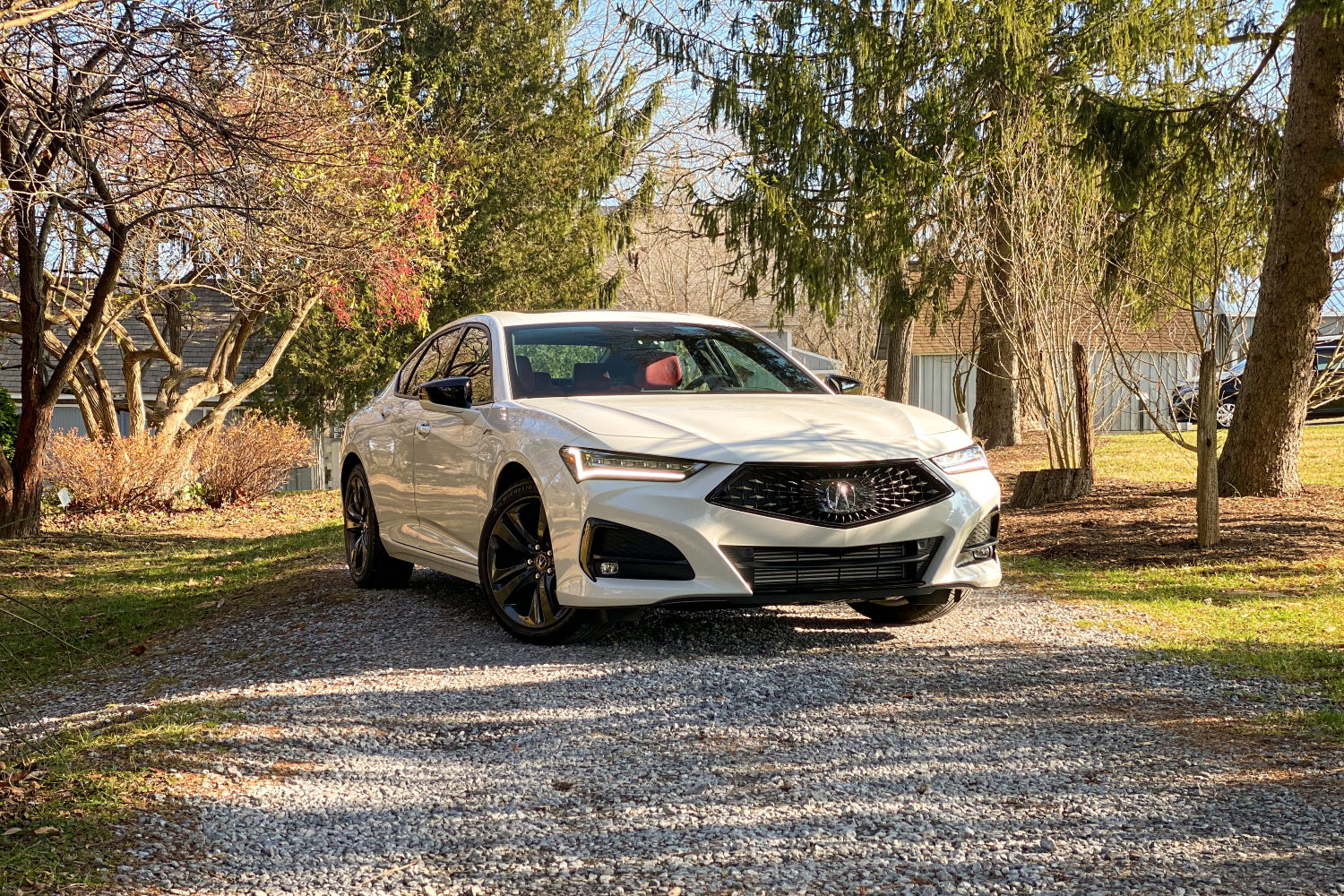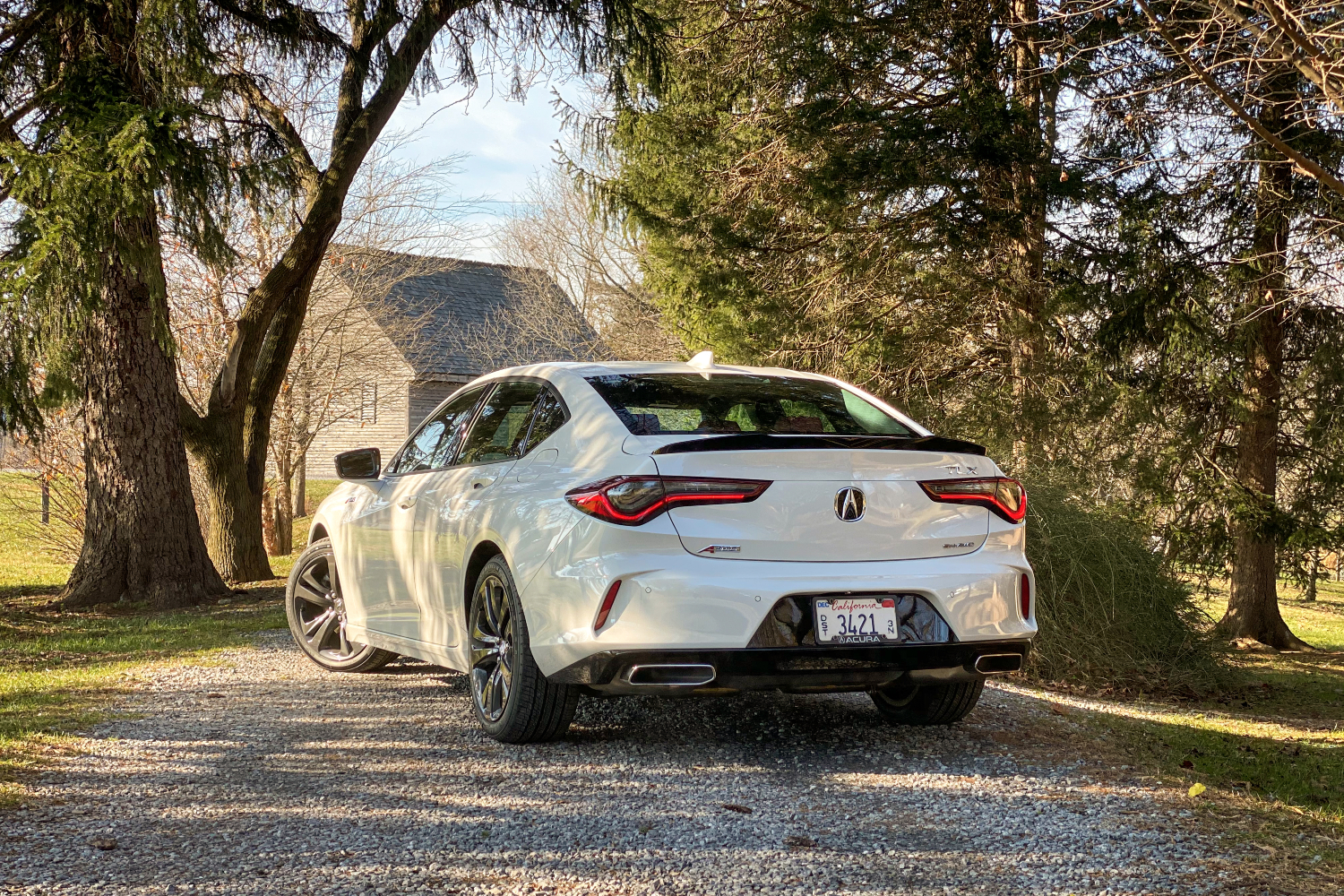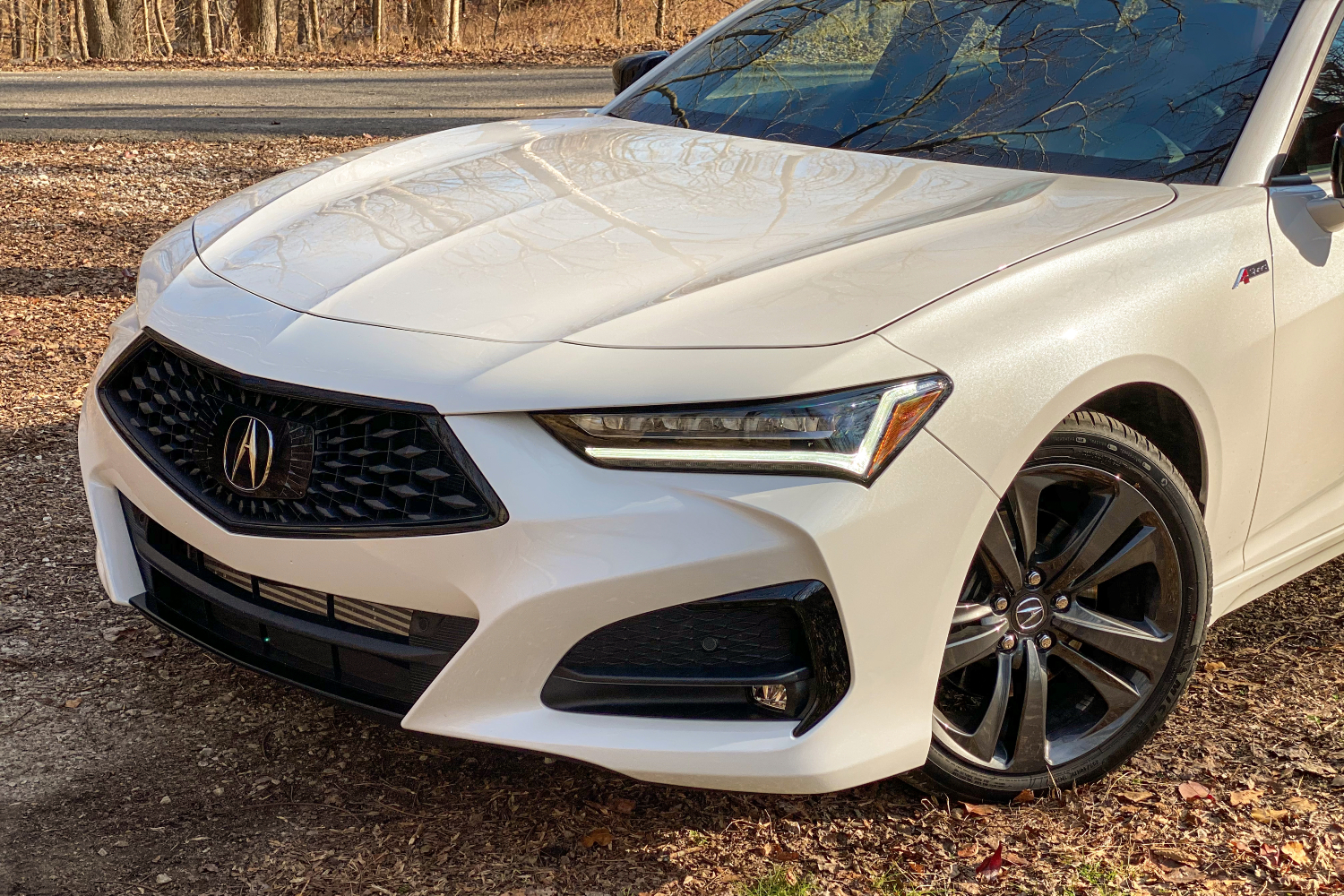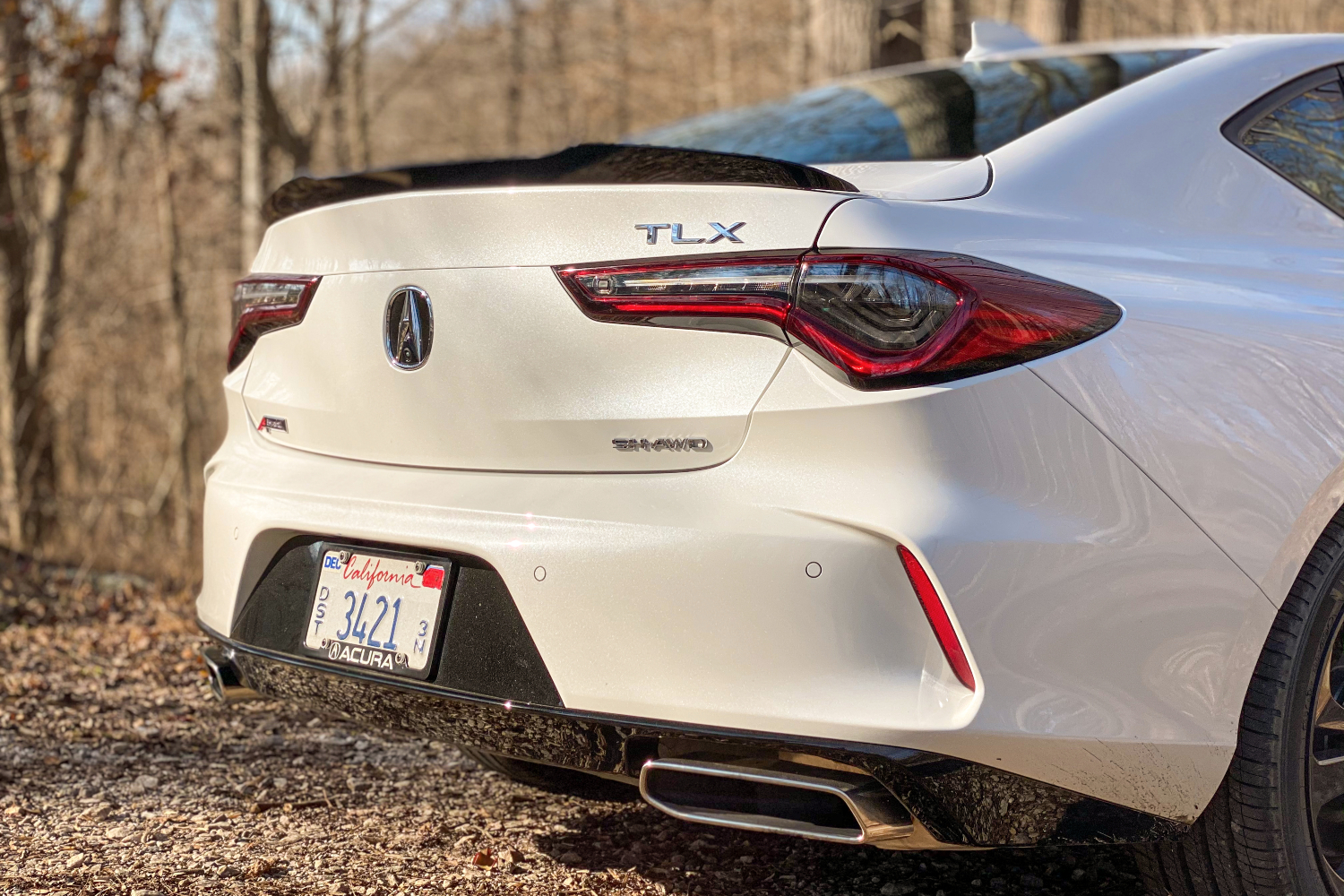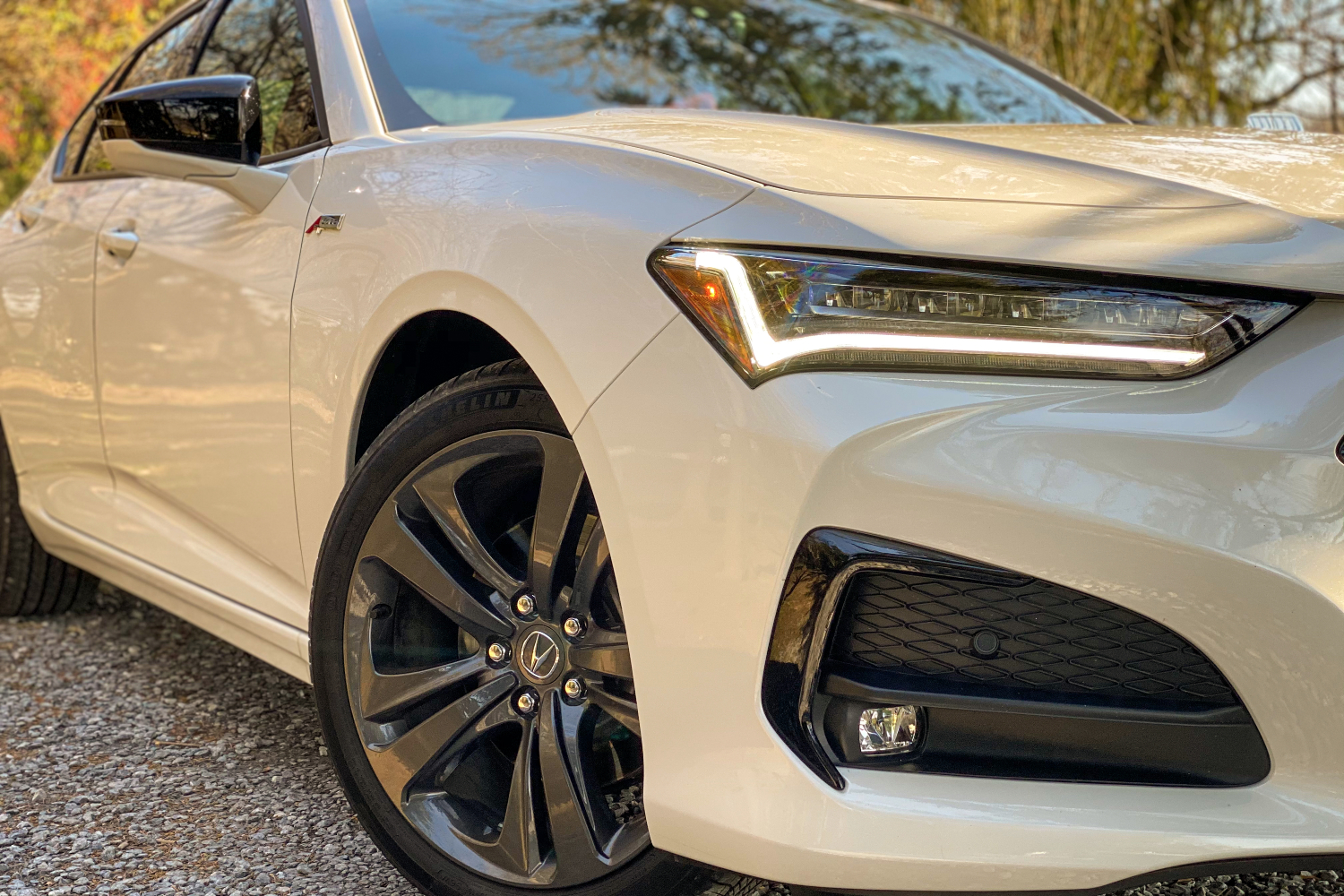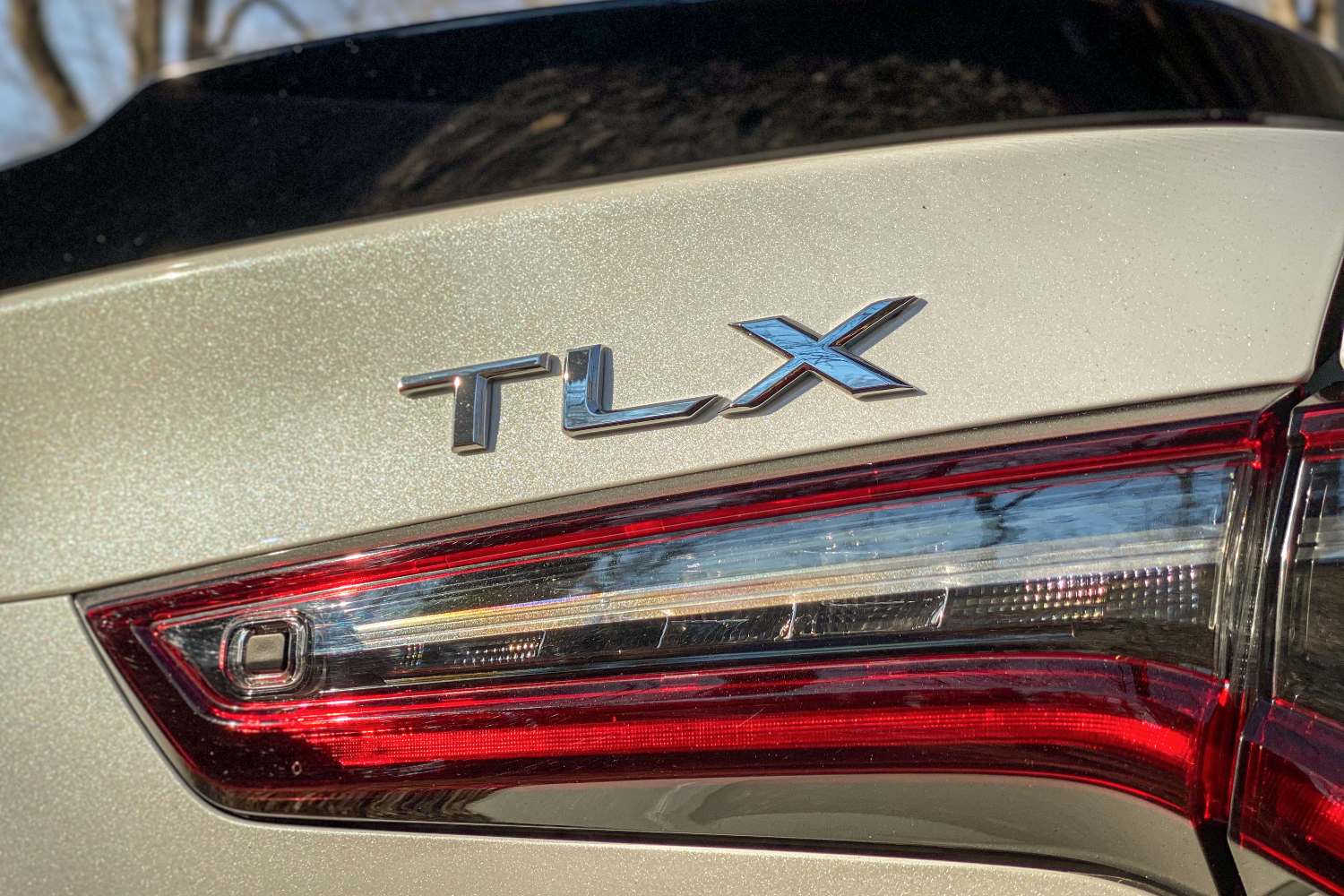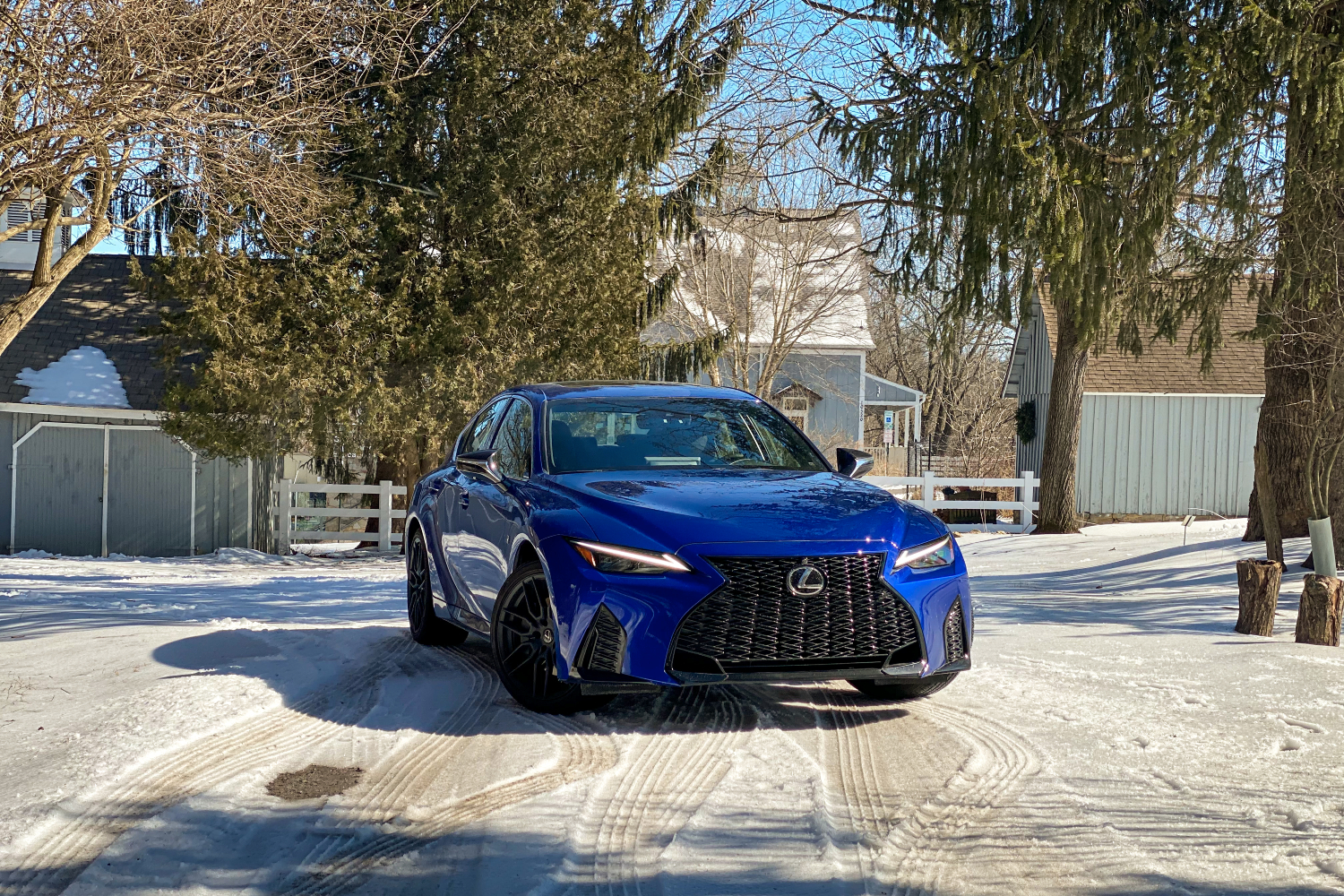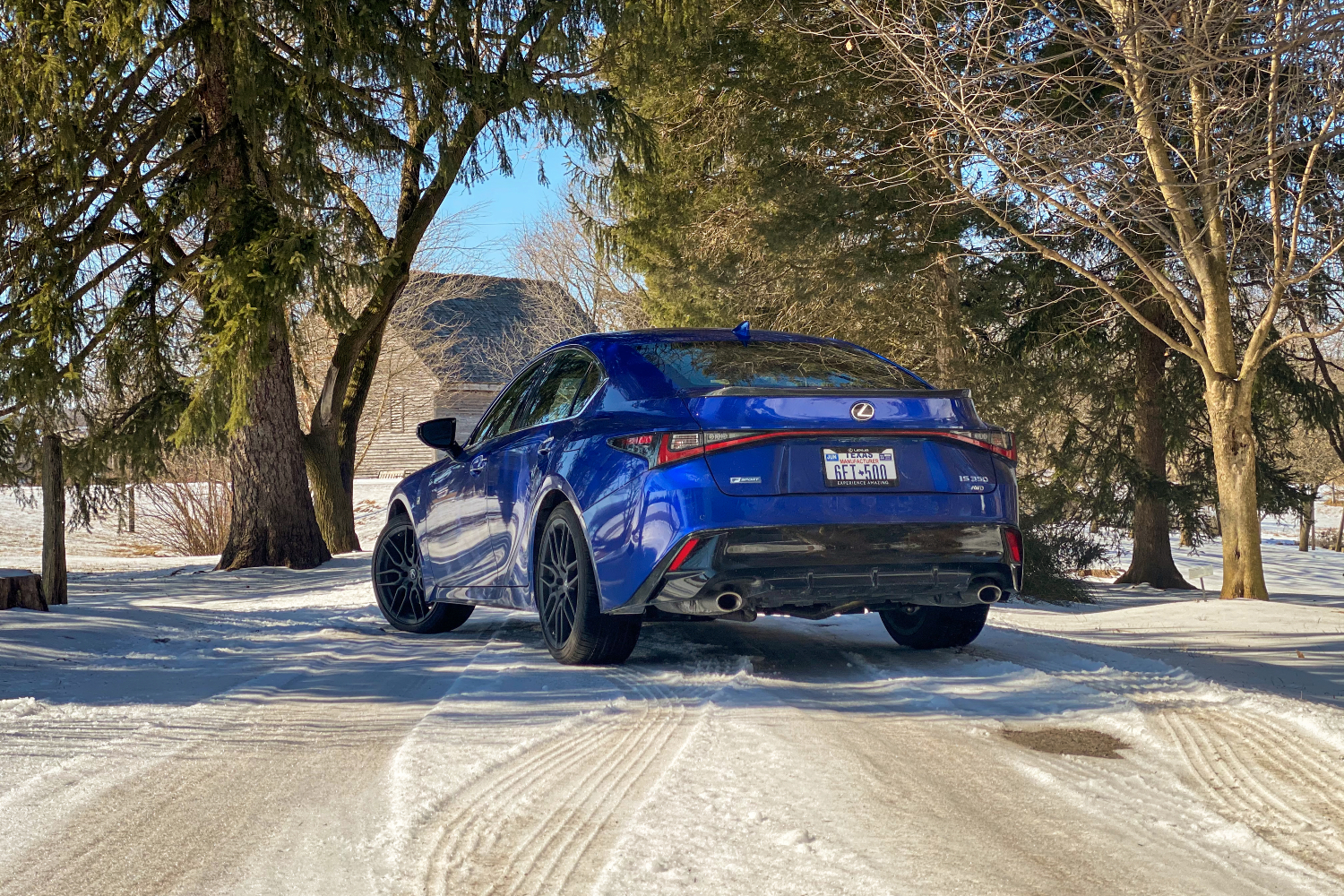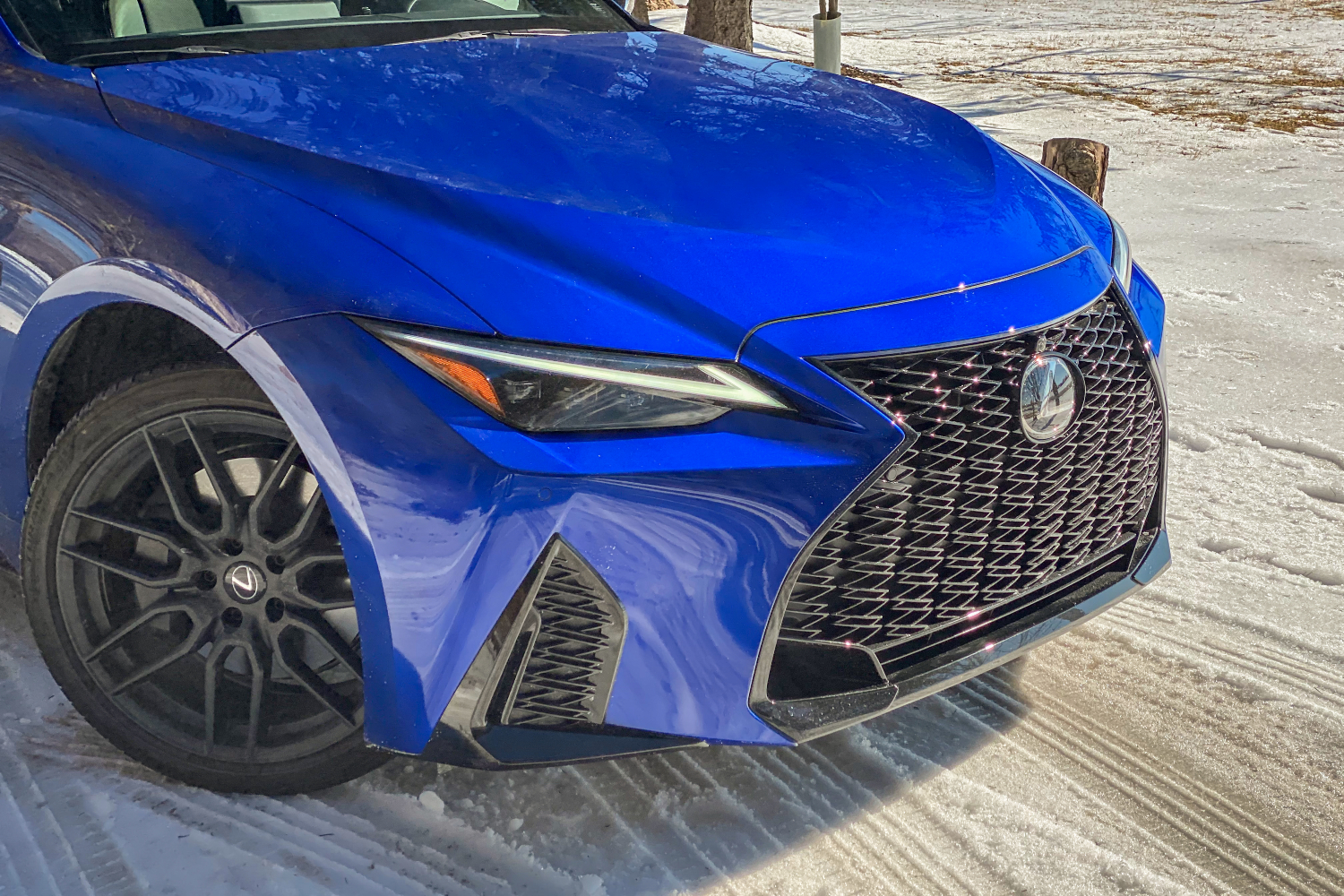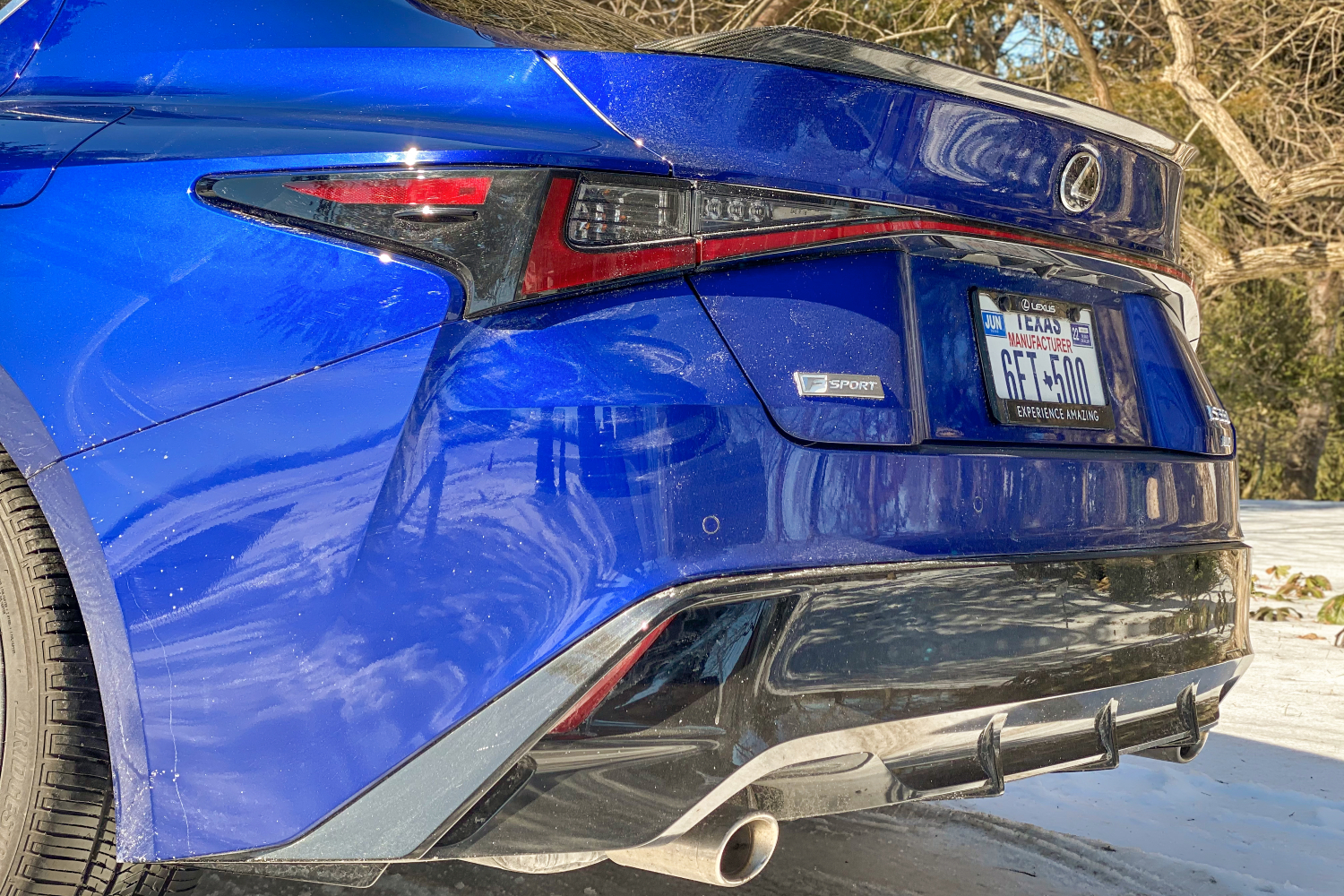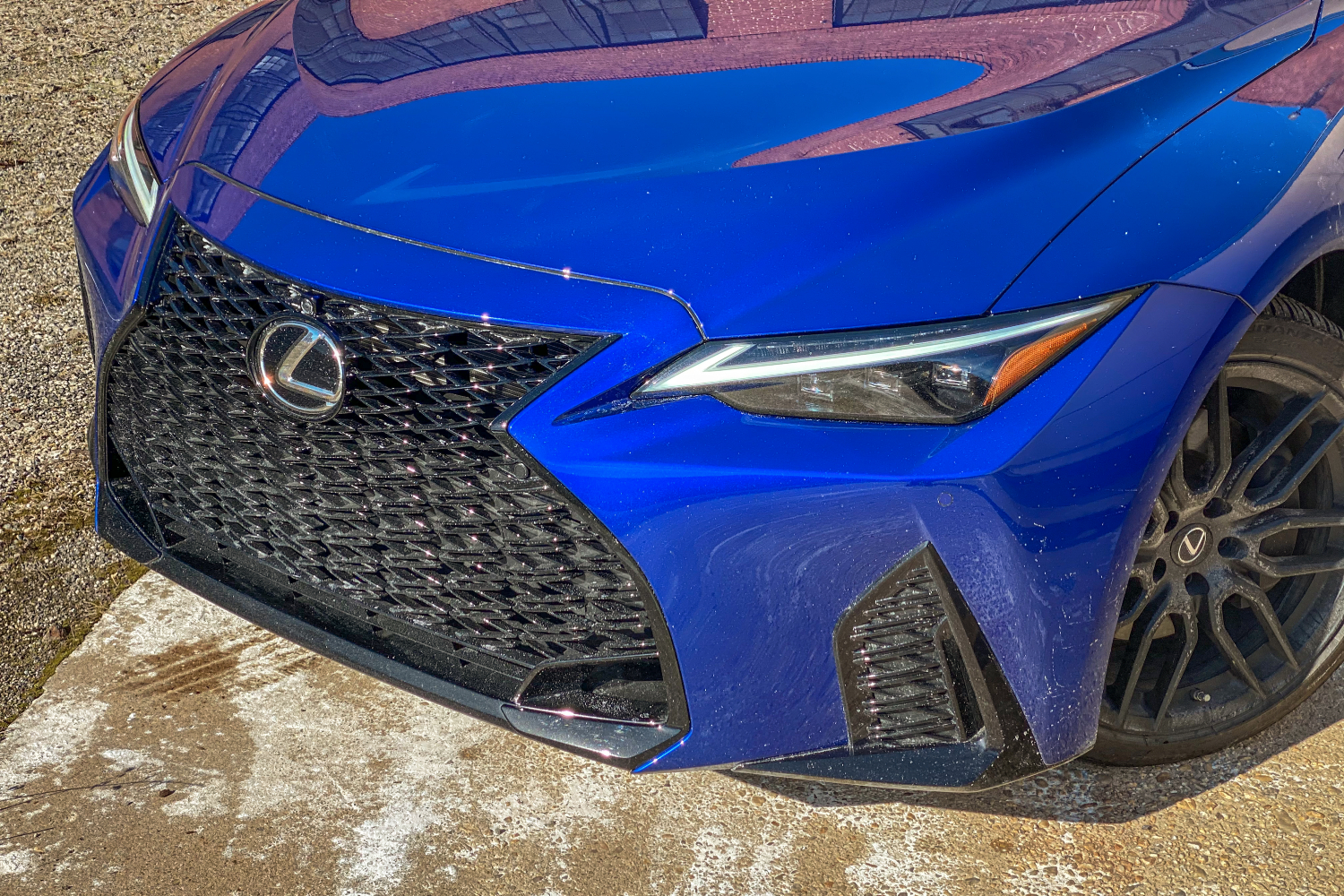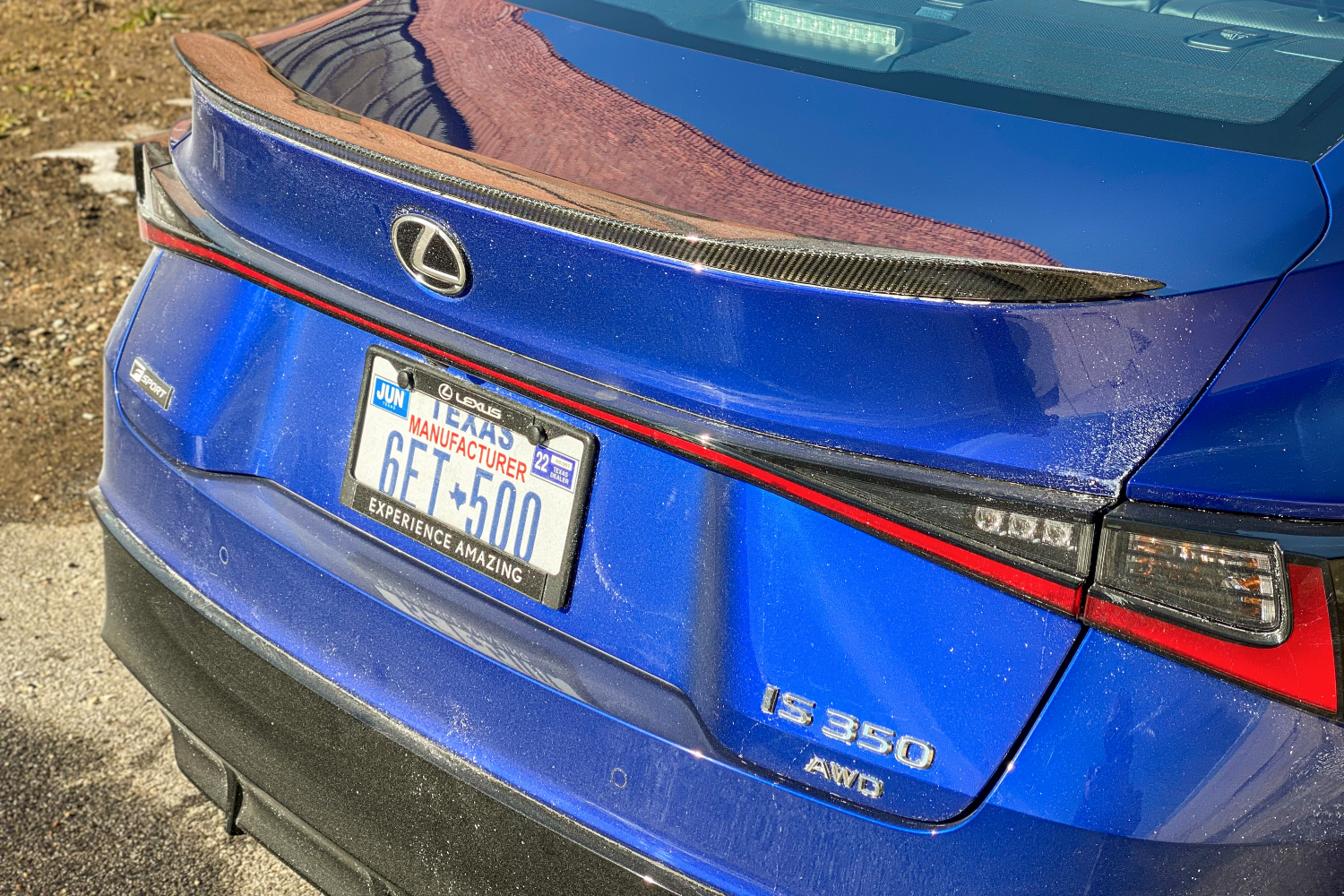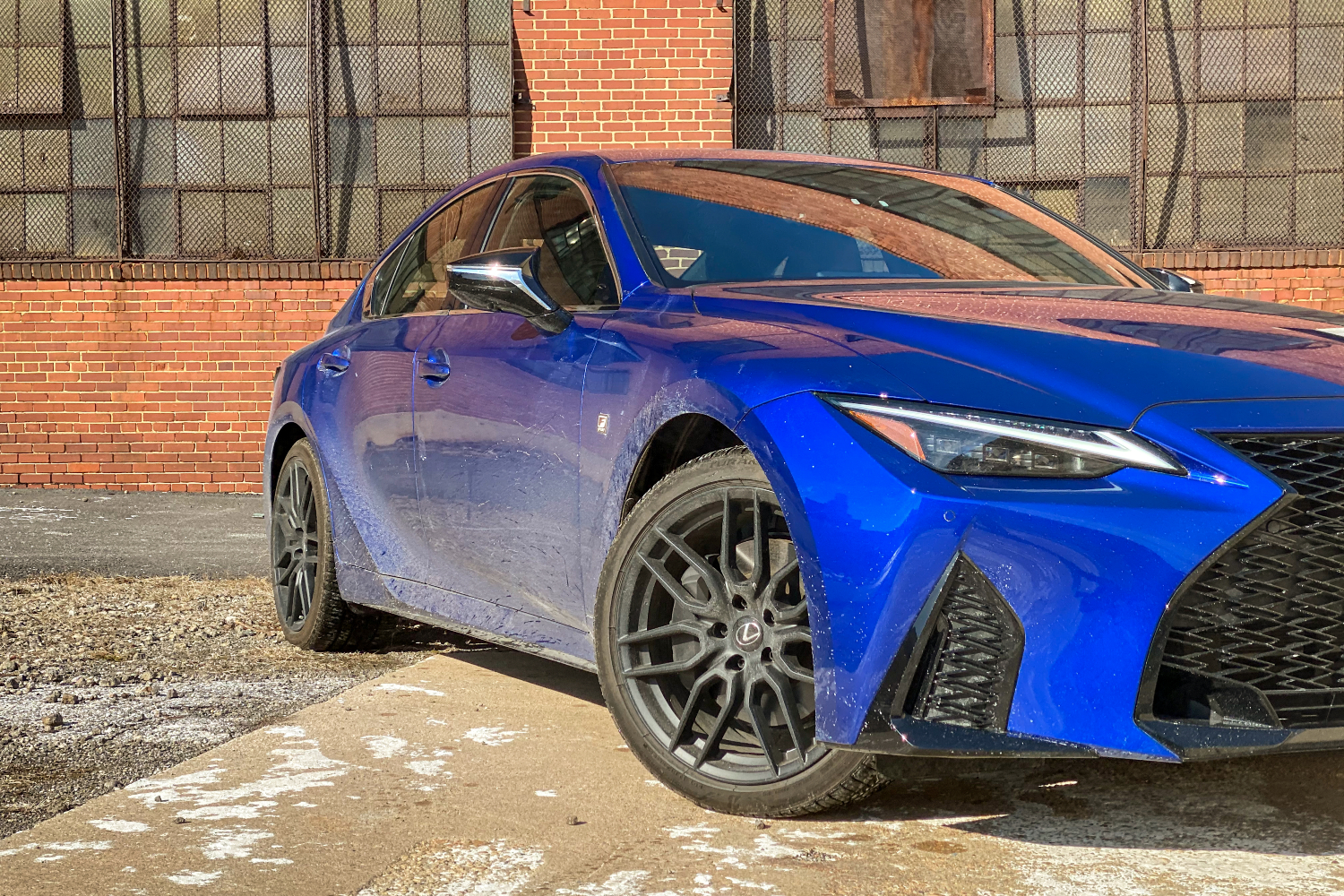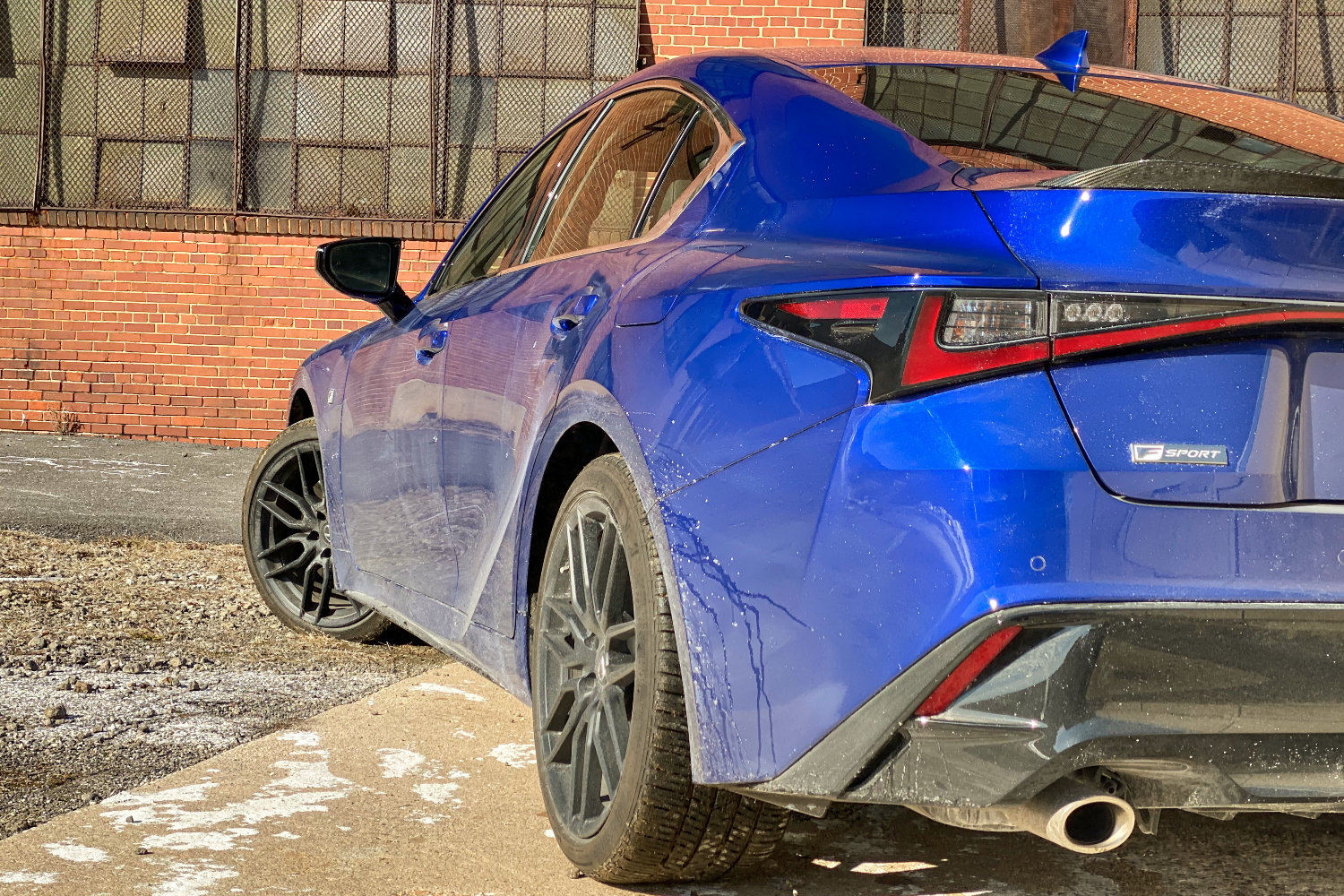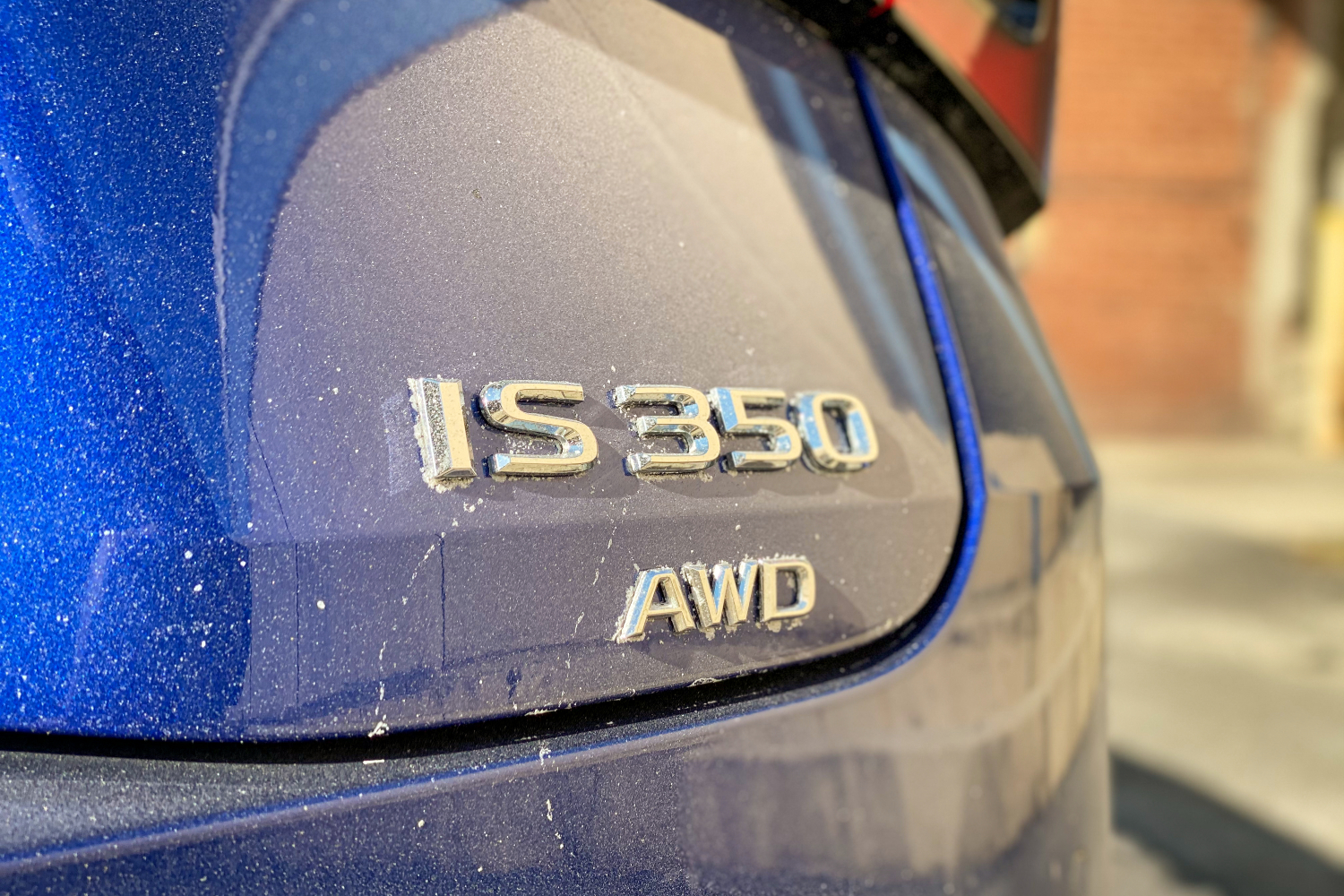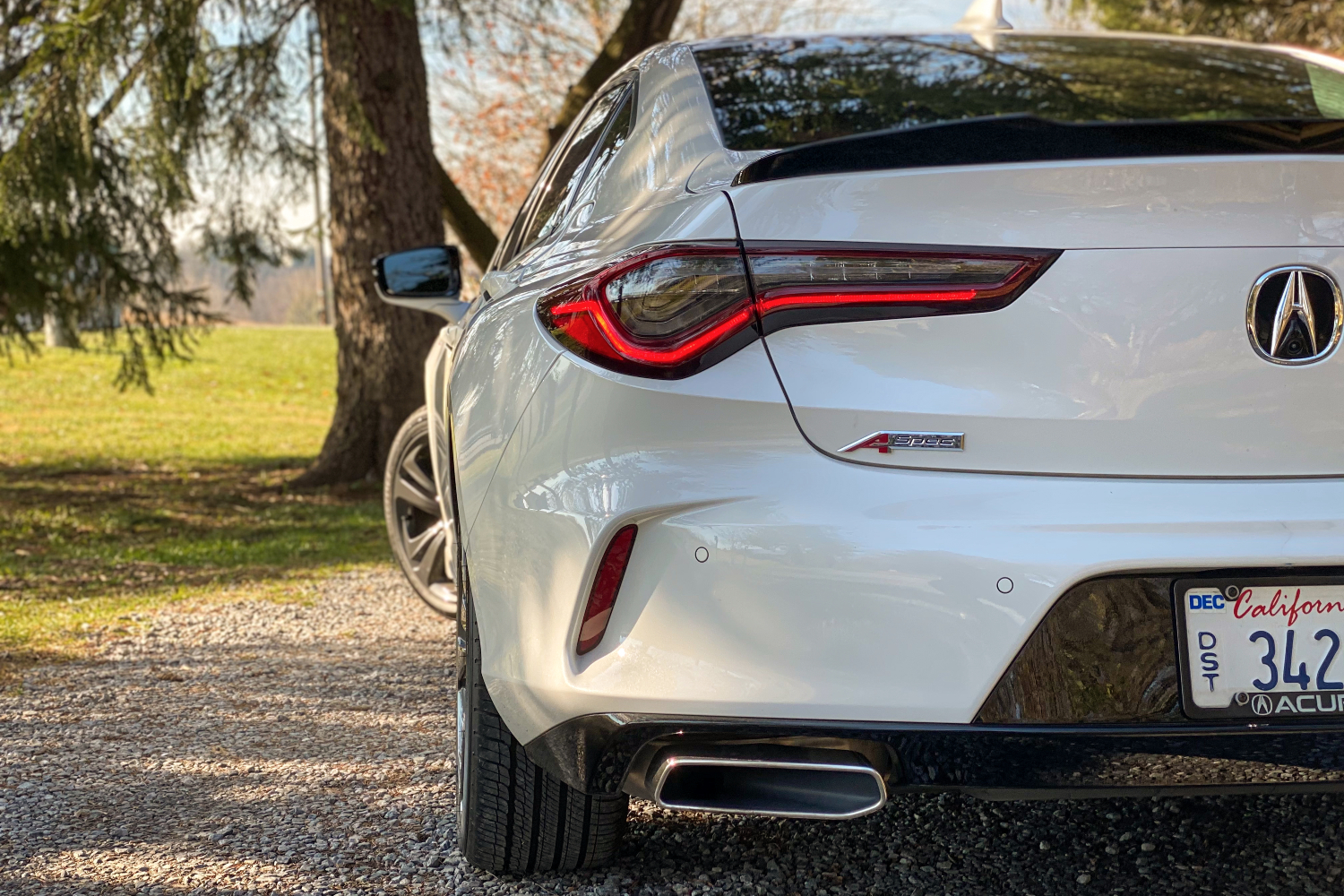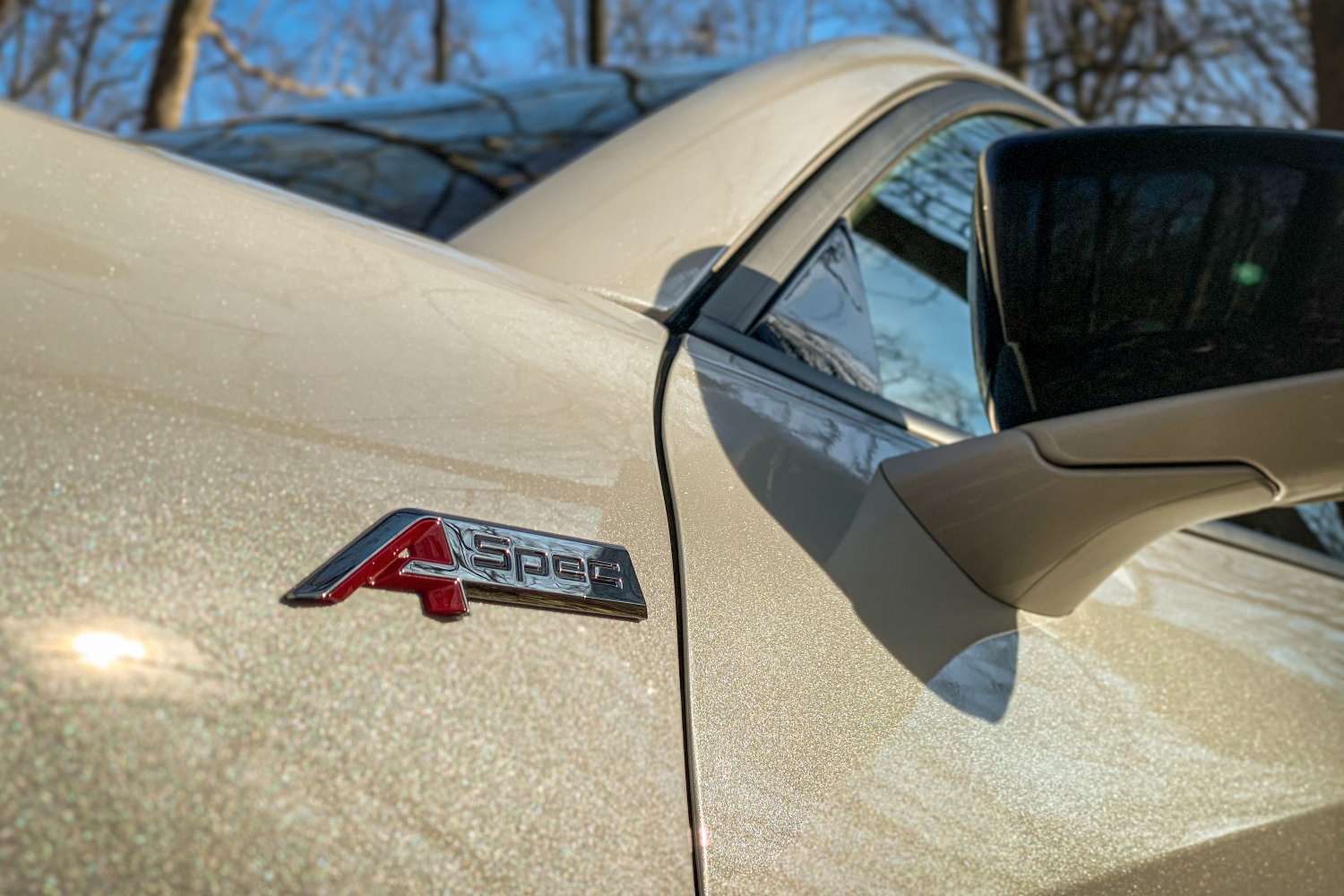Like a ragtag team of evil villains, SUVs have obtained world domination at record speed. It’s alarming to see how quickly consumers were able to forget about the humble sedan, but the continued introduction of a dizzying number of SUVs is only hastening the shift. While it’s easy to look at the current situation and claim that the sedan is doomed for good, a few automakers are doubling down on performance to keep four-door cars alive.
Performance is going to keep sedans alive. As much as automakers try with fancy suspension systems, highly powerful engines, and sweeping designs, physics dictates that sedans will always have an edge over SUVs in the performance territory. It seems like things have finally clicked for automakers, because we’re seeing a new wave of sports sedans that look promising.
Acura and Lexus were two automakers that once offered sporty sedans. For Acura, the old TSX and TLX Type S were sharp sedans that were a riot to drive. The latter still fetches a lot of money on the used market. Then, there’s Lexus. The Lexus IS F, GS F, and IS 300 from the 2000s were all great. In an attempt to appeal to more consumers, both Japanese brands moved away from their sporty roots to become comfort-forward luxury brands.
Something interesting has started to stir in both Lexus and Acura’s factories recently. They’ve each decided to go back to their roots by introducing sedans that put performance and driver enjoyment first. For Acura, it’s the fully redesigned TLX. And for Lexus, it’s finally updated the IS for the first time since the model was introduced in 2014. Different approaches with the same result – sedans that are far more enjoyable than their predecessors.
Acura’s come under fire recently for making upscale Hondas. Harsh criticism, but if the shoe fits. There’s no way you can say that about the 2021 Acura TLX, though. Acura’s so serious about making the TLX a sports sedan that it’s moved to a double-wishbone front suspension. The suspension layout helped Acura stand out in the class in the ‘90s, so it’s a true return to form. If you’re wondering what makes a double-wishbone setup so special, it results in far better handling and ride quality over the cheaper and easier to develop McPherson strut.
With the sporty-looking A-Spec trim, which doesn’t come with adaptive suspension, the way the TLX handles is sublime. It’s the right amount of comfort and firmness, evening out on the highway, while being just the right amount of stiff on a good road. While the new suspension layout deserves a lot of praise, so does the stiff chassis.
Then, there’s Acura’s available all-wheel-drive system. It’s an extra $2,000, but you’ll want to get it. Unlike other AWD systems on the market, Acura’s can route 70% of its power to the rear wheels and split 100% of that between left or right. You don’t have to be a soothsayer to feel what all of the changes bring; incredibly sharp turn-in, impeccable agility, and tons of grip. The AWD system tinkers away as you corner, helping the car rotate, while the well-engineered chassis and suspension keep the TLX planted.
The new TLX is a sports sedan first and a luxury car second. The major issue with the TLX is its engine, but more on that in a sec.
Lexus has a horrible habit of leaving cars out too long, letting them get stale in the process. That’s exactly what happened with the IS. The sedan received its first major update since it came out in 2014 for the 2021 model year. Beyond the design, Lexus focused on making the IS a better handling vehicle. Underneath the IS 350 F Sport’s body sits a revised suspension that consists of new coil springs, lighter stabilizer bars, and aluminum A-arms. A new Dynamic Handling Package tightens things up with adaptive suspension, lightweight BBS wheels, and unique drive modes.
The message from Lexus is clear: the 2021 IS has been updated to be a better sports sedan. The changes have worked. The IS 350 F Sport feels sharp and eager to turn into corners. Expertly tuned adaptive suspension means the sedan handles bumps in stride and the meaty steering wheel offers direct steering. Lexus’s changes for the 2021 model year showcase just how good the chassis and suspension are. But when you really start to push the IS 350 F Sport, weight and a clunky AWD system join the party as uninvited guests. What you’re left with is predictable, enjoyable handling, but you get the feeling that this thing could handle far more horsepower and be far more enjoyable with power going to the rear wheels.
Both Lexus and Acura have created fun, sporty sedans. And both of them suffer from the same issue: lackluster engines. The turbocharged 2.0-liter in the TLX makes 272 horsepower, while the IS 350 F Sport’s carryover 3.5-liter V6 makes 311 horsepower. In sedans this big with chassis this good and suspensions that are this well-tuned, they’re capable of handling so much more power.
In that regard, there’s some even better news. The TLX and the IS 350 F Sport are appetizers for what’s to come. A segment that’s dominated by German brands will be getting two high-performance Japanese options. Acura’s coming out with the TLX Type S soon, while Lexus just announced the IS 500 F Sport Performance. The former will come with a 355-horsepower twin-turbo 3.0-liter V6 and the latter a 472-horsepower 5.0-liter V8.
Based on how Lexus and Acura’s mass-market sporty sedans perform, we’re excited to see what kind of capability the upcoming performance models will have. We can’t remember the last time we were this excited about luxury sedans from Japan. Instead of looking back at what Lexus and Acura have done in the past, the new TLX and IS have us looking forward. It’s a nice change.
